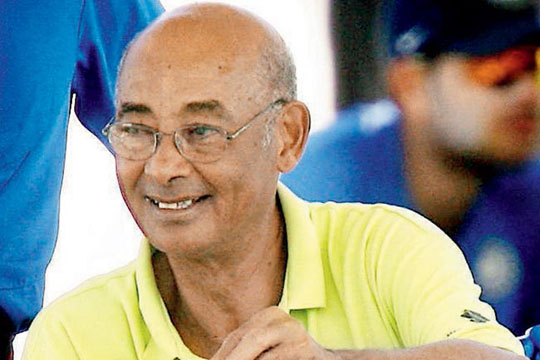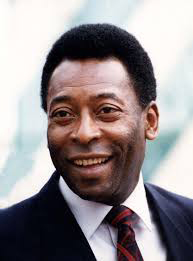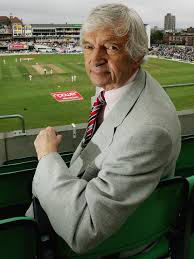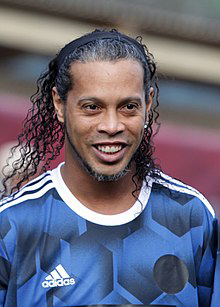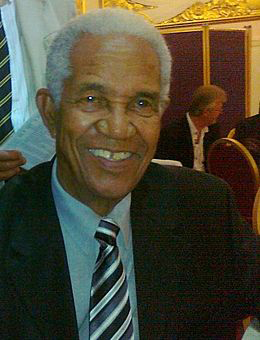Very soon the leaders of Cricket West Indies (CWI) will sit down to design new strategies and programmes to chart the way forward for West Indies cricket. Most of the pieces of the jigsaw puzzle for cricket development and performance are already in their hands, but without a clear and detailed picture on the box they might have difficulty putting those pieces together successfully. Ability and motivation are two of the most important pieces.
Ability is an indicator of potential and only shows what a player is capable of doing. It does not guarantee that he will do it nor does it assure good performance. Motivation on the other hand reveals why a player might do something and how likely he is to do it.
Richie Benaud, a former captain of Australia once told me: “There is never any shortage of talented sportsmen either in this age or in past eras, some have even been potentially great, but have never quite managed to take that last little step. It is in fact a giant stride! The successful sportsman is the one who knows how best to handle the pressures of the day and the situation about to land upon him, the one who is able to gauge when the pressures are being applied to him, and when they must be applied to others.”
In the past, the true strength of West Indies cricket stemmed from what happened to the players at the local and grassroots level, well before they were selected to national and international teams and before they ventured to England to play League and County cricket. That development took place in the schools and clubs and in unstructured games on the beaches, roads and pastures.
This is no longer the case.
High Performance Centres can help to polish the physical and mental development of the young players, but will be an inadequate substitute for that old and proven system of youth development. Roger Harper once said to me, “The Board is sending us pine to the Academy and are expecting us to produce mahogany. They must first grow the mahogany and then send it to us. We will then be able to build wonderful things with it.”
That system has dominated soccer development in Brazil. There, unstructured or free play is the standard for the development of young boys. Children kick balls or makeshift balls in alleys, on beaches, on small, enclosed courts anywhere, and on dusty and cobblestone surfaces with friends, neighbours, parents or grandparents. This exposure enhances self-learning and improves anticipation, critical thinking, spatial awareness, problem solving, concentration, motivation and self-discipline. That is how the greats in Brazil from Pele to Ronaldinho were introduced to the game. The same is true of the stars in French soccer. It is also the way that Sobers, Worrell, Weekes, Lara, Richards and most of our great players were introduced to cricket.
Australian David Farrow is a great advocate of unstructured games. He claims that the development of physical, technical and mental skills, particularly perception, judgement, motivation, flexible thinking and spatial awareness are all enhanced when children are given the opportunity to develop games on their own. Instead, most of today’s approaches place young athletes into excessively structured and regimented systems that stifle learning, confidence and natural development.
CWI should spend some time designing the best sports systems for the development of its young children and should identify the core values it wishes to imprint in their minds. One of the keys is to build a wide base at the local or grassroots level and implement strategies that will allow the children’s talent to emerge naturally like it does in walking, and talking.
The leaders must strive to create a coherent development culture that will spread throughout the region to all levels of the game. It should start with a commitment to high standards in all facets of the game and to the allocation of the best coaches to the young players in our cities and country areas. These coaches must be competent and must know how to motivate, how to stimulate the children’s imagination and how to enhance their enjoyment and love of the game. They must also focus on the factors that will help them to grow technically, emotionally and psychologically.
Mastery of the basics must be a first important priority. The players must learn how to manage their concentration and emotions, and how to respond positively and confidently to challenges and different game situations without fear, self-doubts or anxiety.
What role should the coaches play in the development of our young cricketers? Today’s students learn best when they are given choices, and when teaching highlights caring, collaboration, communication, critical thinking and creativity. The brain is designed to learn in this way.
Presently, teaching and learning revolves around the coach. To speed up learning and get the best out of his players he must remove himself from the centre to become a guide on the side rather than a sage on the stage. The role as facilitator will encourage his players to think for themselves, make up their own minds and stand on their own feet. It will also stimulate them to learn about learning and about self-evaluation, self-discipline and self-motivation. The coach will then have better opportunities to teach, mentor, nurture and inspire.
This method of teaching and coaching is not just effective; it is fun. It gives the coach an opportunity to listen to the players’ thinking and observe their behaviour from different perspectives. But it creates a coach’s paradox by removing him from front and centre. This appears to make him less important but paradoxically he becomes more important.
Greek writer Plutarch once stressed that the mind is not an empty vessel that needs filling but wood that needs igniting. And Albert Einstein stressed that education is not the learning of facts (or techniques) but the training of the mind to think. Our own Sir Garfield Sobers explained that the proper use of the mind is the one thing that separates the champions from the merely good players. He added that the top players know how to think, how to concentrate and what to do in tough situations.
Getting the students to learn should be the coaches’ first priority. However, they must understand that there is more to development and performance than ability, technique and structured programmes.
